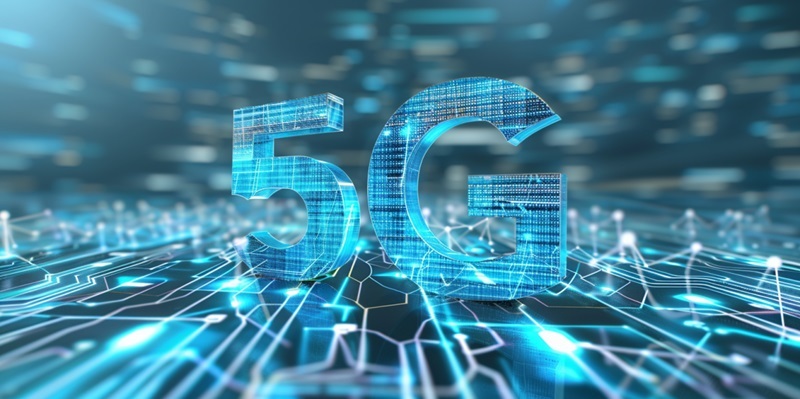The technological landscape is experiencing a seismic shift as two titanic forces, 5G and the Internet of Things (IoT), converge. This amalgamation promises to enhance the fabric of our daily lives, revolutionizing how we interact with our world. While 4G paved the way, 5G is poised to usher in an era of unprecedented connection speeds, low latency, and a capacity for a staggering number of devices to be interconnected. At the heart of this transformation is IoT, a network of smart devices sharing and collecting data across the internet. Together, these advancements are not merely an upgrade – they’re reshaping industries, communities, and economies.
Maximizing Potential Through Enhanced Capabilities
Unprecedented Connectivity
The quintessence of 5G lies in its fervent push towards a hyper-connected reality. Unlike its predecessor, 5G can support a high-density deployment of devices in a given area, a cornerstone feature for IoT proliferation. Imagine cityscapes where thousands of sensors work harmoniously, monitoring environmental parameters, traffic flow, and energy usage – all interconnected by the robust framework of 5G networks. It’s a world where technology operates seamlessly, providing real-time data to keep our cities pulsating with efficiency.
Real-Time Responsiveness
Toward the ambition of real-time responsiveness, 5G offers ultra-low latency, the keystone for applications where every millisecond counts. This enhanced capability has transformative implications, particularly in areas like autonomous driving and remote surgery, where immediacy can mean the difference between safety and calamity, life and death. With a latency of just 1 millisecond, 5G ensures that autonomous vehicles can react swiftly to changing road conditions, and surgeons can execute procedures with robotic precision from continents away.
Addressing the Hurdles of Innovation
Infrastructure and Accessibility Challenges
However, evolution rarely comes without growing pains, and the 5G revolution is no exception. The deployment of new infrastructure, including cell towers and fiber optics, is a formidable challenge, particularly in rural and developing areas where resources are limited. The requirement for widespread accessibility is clear, but reaching it requires investment, planning, and time. Without a comprehensive approach to infrastructure, the promise of a 5G-enabled IoT could be delayed or unevenly distributed, leaving swathes of the global population trailing behind.
Enhanced Security and Energy Concerns
The broadened connectivity surface with 5G also intensifies security concerns as the potential for cyberattacks escalates. With more devices linked together, the vulnerability points multiply, making robust cybersecurity measures more imperative than ever. Energy efficiency is yet another factor to be reckoned with. As many IoT devices rely on battery power, 5G’s heightened power demands could pose a challenge. Innovators are thus tasked with developing energy-efficient solutions to keep these devices running without incessantly sapping power.
The Road Ahead: Transformative Applications Across Sectors
Smart Cities and Healthcare Revolution
The future is now, and in it, smart cities thrive with infrastructures adeptly optimized for traffic, public services, and energy distribution thanks to the prowess of 5G-enabled IoT. In healthcare, the promise is equally grand, with telemedicine poised for a significant leap forward. Doctors will diagnose and treat patients from afar, making healthcare more accessible and immediate. With IoT devices collecting a wealth of bio-data, predictive analytics will empower preventative care, transforming the wellbeing of populations.
Industrial and Agricultural Advancements
Industrial sectors stand at the forefront of adopting these agile technologies to propel productivity, harness real-time asset tracking, and refine supply chains. Precision agriculture marries 5G and IoT to monitor crop conditions meticulously, regulate water usage, and ensure optimal harvests through intelligent automation. Together, 5G and IoT are pioneering the tech frontier, marking an epoch characterized by interconnectedness and smart solutions tailored to conciliate human needs with the utmost efficiency.

